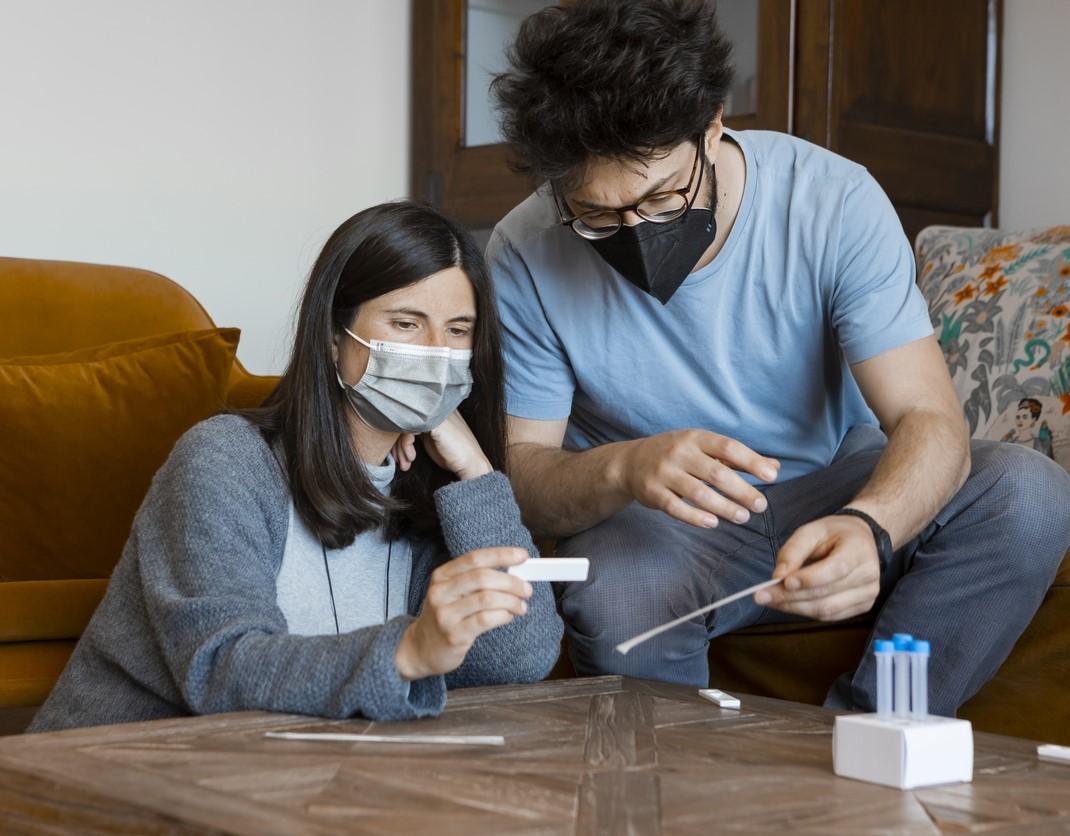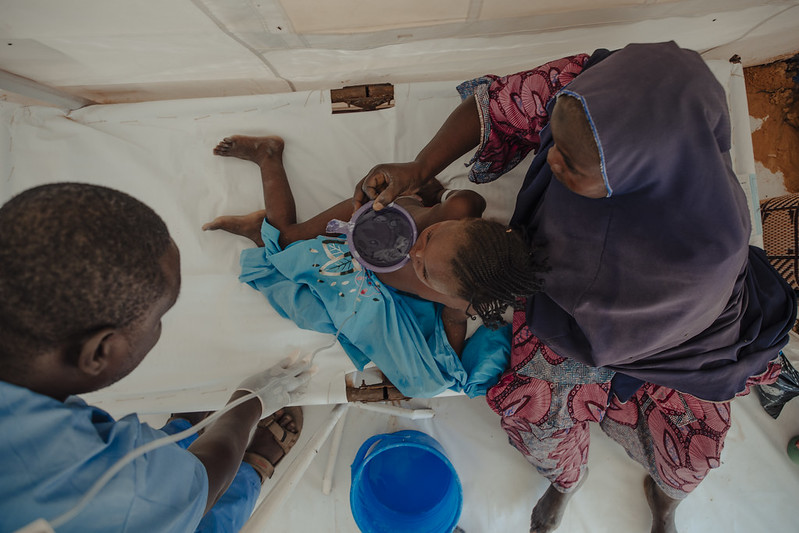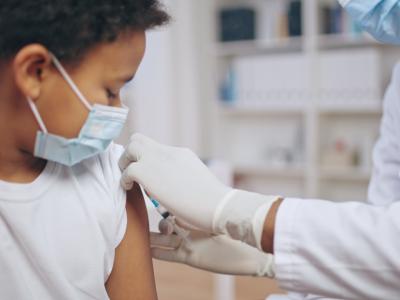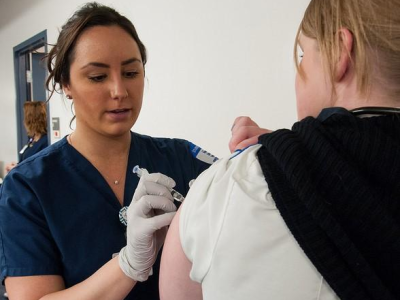Analysis of data from a randomized clinical trial in Australia found that at least two thirds of children were exposed to antibiotics in the first 2 years of life, researchers reported today in the Journal of Antimicrobial Chemotherapy.
Looking at data from a subset of 1,201 infants enrolled in the BCG (Bacille Calmette-Guérin vaccine) for Allergy and Infection Reduction (MIS BAIR) trial, conducted in Melbourne, researchers from the Murdoch Children's Institute found that exposure to at least one course of antibiotics was 43% at age 1 and 67% at age 2, with the highest first antibiotic prescription rate from 9 to 18 months. In total, 26.5% of infants were inappropriately treated with antibiotics in the first year of life, with the largest proportion of inappropriate prescriptions (44%) occurring from 9 to 12 months.
The most common diagnoses for which antibiotics were prescribed were respiratory tract infections from 0 to 6 months and otitis media (ear infection) from 6 to 12 months. The most frequently prescribed antibiotics prescribed were amoxicillin (59%) and cefalexin (7%).
Risk factors for antibiotic exposure
Multivariable regression analysis found that delivery by caesarean section (adjusted odds ratio [aOR], 1.5; 95% confidence interval [CI], 1.1 to 1.9), birth in winter (aOR, 1.7; 95% CI, 1.2 to 2.4), maternal antibiotic exposure during the last trimester (aOR, 1.6; 95% CI, 1.1 to 2.3), cessation of breastfeeding by 6 months (aOR, 1.5; 95% CI, 1.1 to 2.0), and daycare attendance (aOR, 1.4; 95% CI, 1.1 to 1.8) were the primary factors associated with antibiotic use from 0 to 12 months.
The study authors note that the observed antibiotic exposure rate is higher than reported in most European countries.
"Antibiotic exposure in the first 2 years of life in Australia is higher than in many other high-income countries," they wrote. "Future studies should focus on strategies to reduce inappropriate antibiotic prescribing."


















